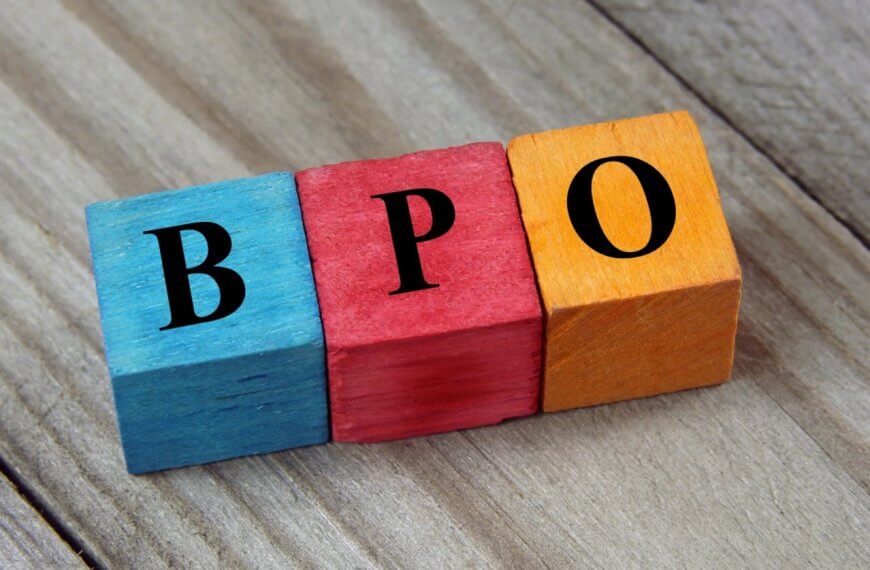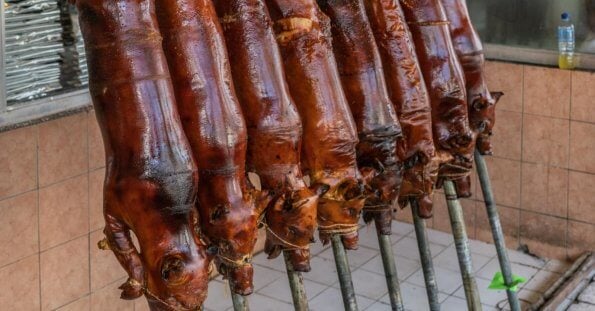The Philippines is home to some of the best coffee beans in the world, with a diverse range of flavors and varieties that reflect the country’s unique growing conditions and production methods. From the bold and nutty Barako to the smooth and sweet Sagada, Philippine coffee has something to offer every coffee lover.
To try out the best local coffee beans, you can visit specialty coffee shops or look for local roasters who specialize in Philippine coffee. Many coffee shops and roasters source their beans directly from local farmers, ensuring that the coffee is fresh and of the highest quality.
The best time to try out Philippine coffee is during the harvest season, which typically runs from November to February. During this time, you can sample fresh, newly harvested beans that have been carefully hand-picked and processed by local farmers.
Whether you’re a coffee connoisseur or a casual drinker, Philippine coffee is definitely worth trying. Not only does it offer unique and delicious flavors, but it also supports local farmers and the country’s economy. So why not grab a cup of Philippine coffee today and taste the rich history and culture that goes into every sip.

The Philippines is known for producing some high-quality coffee beans, with some varieties that are unique to the country. Here are some of the best coffee beans in the Philippines and what makes them unique:
- Barako Coffee – This is a variety of Liberica coffee that is grown in the Batangas region of the Philippines. It is known for its strong and bold flavor with a slightly nutty and smoky taste. It is also low in acidity, which makes it less bitter than other types of coffee. You can find Barako Coffee in various coffee shops and supermarkets across the Philippines, and the price can range from around PHP 150 to PHP 400 per 250g depending on the brand.
- Sagada Coffee – This coffee is grown in the mountainous region of Sagada in the northern part of the Philippines. It has a mild, nutty flavor with a hint of chocolate and is known for its smooth and balanced taste. Sagada coffee is often shade-grown, which means it is cultivated under trees that provide a natural canopy, resulting in a slower growth and a more complex flavor. You can buy Sagada Coffee in coffee shops and supermarkets, and the price can range from PHP 300 to PHP 600 per 250g depending on the brand.
- Benguet Coffee – This coffee is grown in the Benguet province in the northern part of the Philippines. It has a mild and sweet flavor with a nutty undertone and is known for its smooth finish. Benguet coffee is also shade-grown, which gives it a unique and complex taste. You can buy Benguet coffee in coffee shops and supermarkets, and the price can range from PHP 250 to PHP 450 per 250g depending on the brand.
- Kalinga Coffee – This coffee is grown in the Kalinga province in the northern part of the Philippines. It has a rich and full-bodied flavor with a hint of caramel and a slightly fruity aftertaste. Kalinga coffee is also shade-grown, which contributes to its unique taste. You can buy Kalinga coffee in coffee shops and supermarkets, and the price can range from PHP 200 to PHP 400 per 250g depending on the brand.
- Atok Coffee – This coffee is grown in the Atok municipality in the Benguet province in the northern part of the Philippines. It has a medium to full-bodied flavor with a floral and citrusy taste and a sweet finish. Atok coffee is also shade-grown, which contributes to its unique and complex taste. You can buy Atok coffee in coffee shops and supermarkets, and the price can range from PHP 300 to PHP 600 per 250g depending on the brand.
- Batangas Blend – This blend is a combination of Robusta and Excelsa beans, both of which are grown in Batangas. It has a strong and full-bodied flavor with a hint of bitterness and a slightly sweet aftertaste. You can find Batangas Blend in coffee shops and supermarkets, and the price can range from PHP 150 to PHP 350 per 250g depending on the brand.
- Mt. Apo Civet Coffee – This coffee is made from beans that have been eaten and excreted by civet cats. The beans are collected from the feces of the civet cats and are cleaned and roasted to make the coffee. Mt. Apo Civet Coffee has a rich and smooth flavor with a chocolatey undertone and a hint of sweetness. It is considered a luxury coffee and is relatively expensive, with prices ranging from PHP 3,000 to PHP 10,000 per kilogram.
- Matutum Coffee – This coffee is grown in the foothills of Mount Matutum in South Cotabato. It has a mild and smooth flavor with a hint of sweetness and a nutty undertone. Matutum Coffee is also shade-grown, which contributes to its unique taste. You can find Matutum Coffee in coffee shops and supermarkets, and the price can range from PHP 200 to PHP 400 per 250g depending on the brand.
- Amadeo Coffee – This coffee is grown in the municipality of Amadeo in Cavite. It has a mild and balanced flavor with a hint of chocolate and a slightly fruity aftertaste. Amadeo Coffee is also known for its pleasant aroma and smooth finish. You can find Amadeo Coffee in coffee shops and supermarkets, and the price can range from PHP 200 to PHP 400 per 250g depending on the brand.
- T’boli Coffee – This coffee is grown in the T’boli municipality in South Cotabato. It has a medium to full-bodied flavor with a hint of chocolate and a slightly smoky aftertaste. T’boli Coffee is also shade-grown, which contributes to its unique taste. You can find T’boli Coffee in coffee shops and supermarkets, and the price can range from PHP 200 to PHP 400 per 250g depending on the brand.
Again, the prices mentioned above are estimates and can vary depending on the brand and location. It is recommended to purchase directly from local farmers or cooperatives to support the local industry and get the freshest beans.
Philippine coffee has gained recognition in recent years for its quality and unique taste, and more and more coffee shops and roasters around the world are starting to offer Philippine coffee on their menus. However, the best way to experience the full range of flavors and nuances of Philippine coffee is to try it directly from local farmers and roasters.
One popular way to experience Philippine coffee is to go on a coffee farm tour, where you can visit local farms, see the production process up close, and even sample fresh coffee right on the farm. Many coffee farms in the Philippines offer tours and tastings, and this can be a great way to learn more about the culture and history of Philippine coffee.
If you’re not able to visit a coffee farm, you can still try out Philippine coffee at home by purchasing locally roasted beans from specialty coffee shops or online retailers. Many Philippine coffee roasters offer a range of single-origin beans, blends, and even special varieties like civet coffee, which is made from beans that have been eaten and excreted by civet cats.
No matter how you choose to experience Philippine coffee, you’re sure to be impressed by its quality, flavor, and unique character. So why not give it a try and discover the richness and complexity of Philippine coffee for yourself.
























